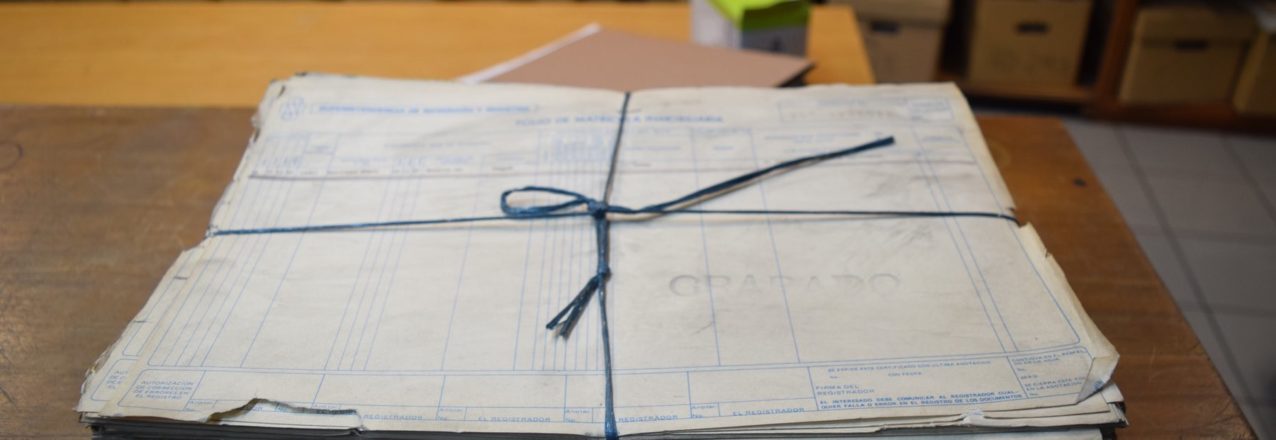A visionary information-sharing platform promises to reshape the Colombian government’s approach to land restitution.
Originally appeared on Exposure.
The tide is turning. Ten government agencies responsible for Colombia’s land-related issues are meeting regularly, bringing their engineers, their lawyers, and their administrators to do something that Colombia has never done: allow the real-time exchange of information among a group of institutions working on a common issue.
This ambitious endeavor, dubbed the Land Node, is the government’s official response to Colombia’s Victims Law, which requires that certain land-related agencies share information in real time to facilitate the land restitution process for victims of the armed conflict.
“I can’t imagine a future where people have to wait in lines to have their rights recognized, when we have the technology to avoid that,” says Luis Alberto Clavijo, director of technology at the Land Restitution Unit (LRU). “In the commercial and financial worlds, people often don’t even have to leave their houses. Why can’t it be the same for land services? Either we change the way things are being done, or the state isn’t doing its job.
The “end users” Clavijo is referring to are the thousands of victims of dispossession or displacement who need to fill out their applications in paper at a local land restitution office to initiate the process for getting their land back. This is one of the things the Land Node seeks to change.
But the real headaches are the silent and agonizing ones on the “provider” side: the onerous delays involved in the requesting, mailing, authorizing, and exchanging of information between agencies. This is where the Land Node seeks to be a pioneer.


